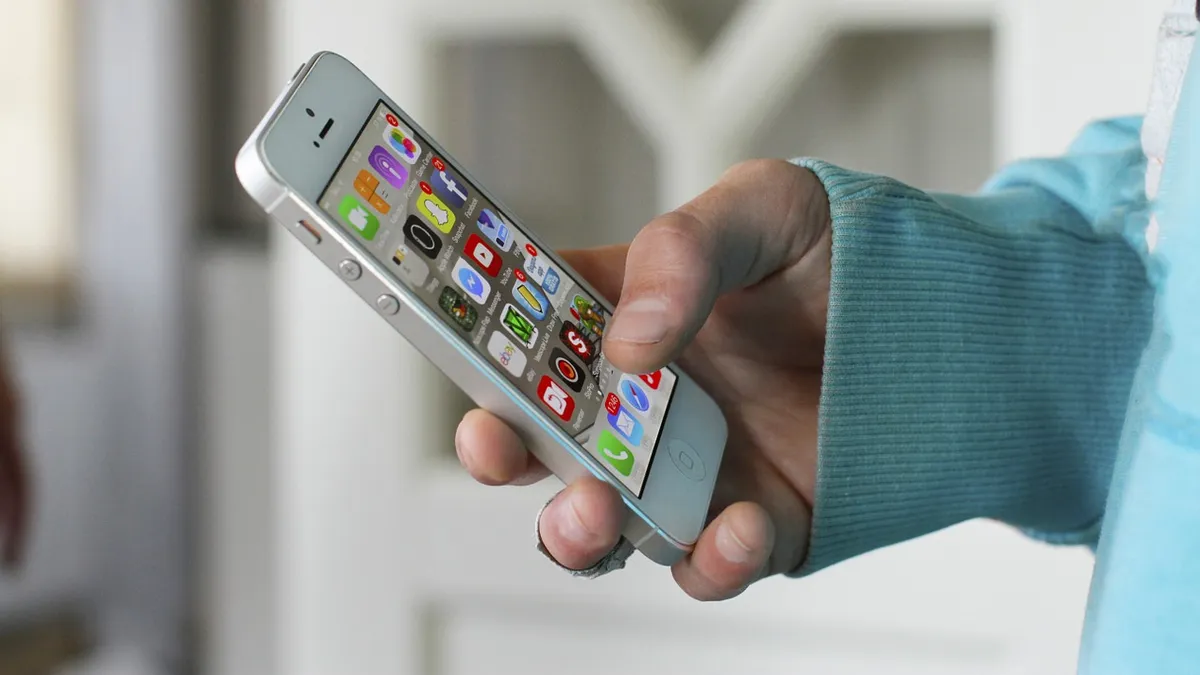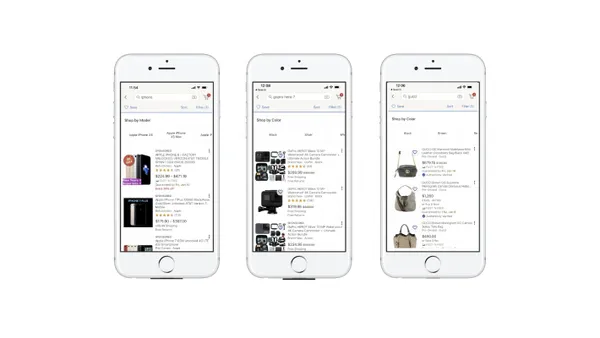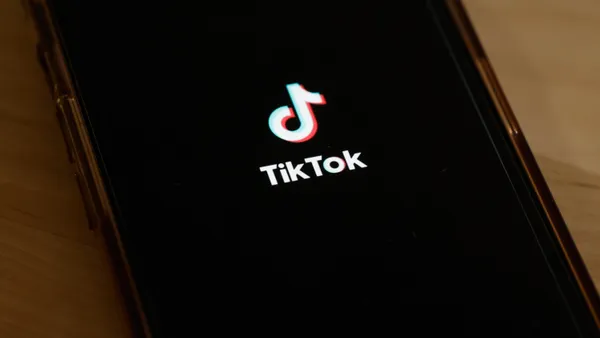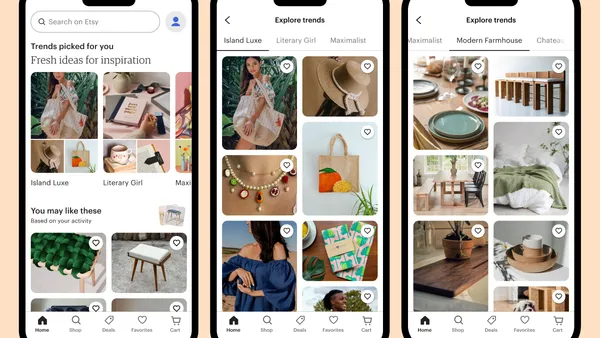Brief:
- Consumer spending on mobile apps more than doubled to $86 billion in 2017 from two years earlier as smartphone and tablet users spent more time on their mobile devices, according to an App Annie study shared with Mobile Marketer. The number of downloads last year jumped 60% from 2015 to more than 175 billion.
- Retail app usage climbed 70% to more than 50 billion sessions in the U.S. on Android apps as consumers continued to migrate to offerings from "bricks and clicks" retailers like Target and Walmart and "digital-first" stores like Amazon and Etsy. The volume of searches for the term "Black Friday" jumped 115% in November 2017 from three months prior, indicating that shoppers were more likely to seek apps to help with holiday shopping.
- The average smartphone user has 80 apps on their phone and typically uses 40 of them during any given month. Time spent in apps is up 30% to where the average person spends about 43 total days per year in apps.
Insight:
App Annie's findings indicate that the app economy continues to thrive, especially as emerging markets like China, India and Brazil show brisk growth in smartphone adoption. India last year overtook the U.S. to become the No. 2 country by downloads after China, especially after mobile provider Reliance Jio started offering subsidized, unlimited 4G access in September 2016. Most markets worldwide showed that mobile users spend more time browsing apps than the mobile web, App Annie said.
As apps become more sophisticated and smartphones reach near saturation in mature markets, apps are becoming central to many consumers' lives for navigation, entertainment, messaging, news and work-related media. Consumer spending among all mobile app stores is forecast to rise 30% to more than $110 billion in 2018 from a year earlier, App Annie said in a December forecast.
Gaming remained the biggest driver of the app economy in 2017, with spending growing 60% in mature markets like the U.S. and Japan from two years earlier and more than tripling (250%) in China, per the report. While augmented reality (AR) has received a lot of coverage with Apple's and Google's new software development kits making it easier for companies to add AR features to apps, the technology hasn't taken off quite yet. About 3,000 out of 1 million games available in app stores use AR, App Annie found. Gaming and social AR apps, in particular, are likely to educate consumers about the technology, paving the way for broader adoption down the road.














